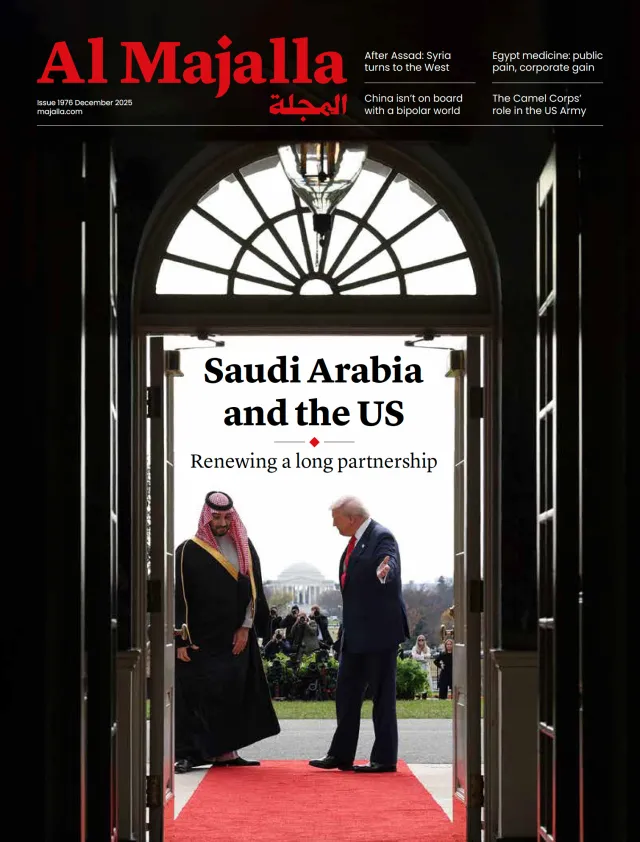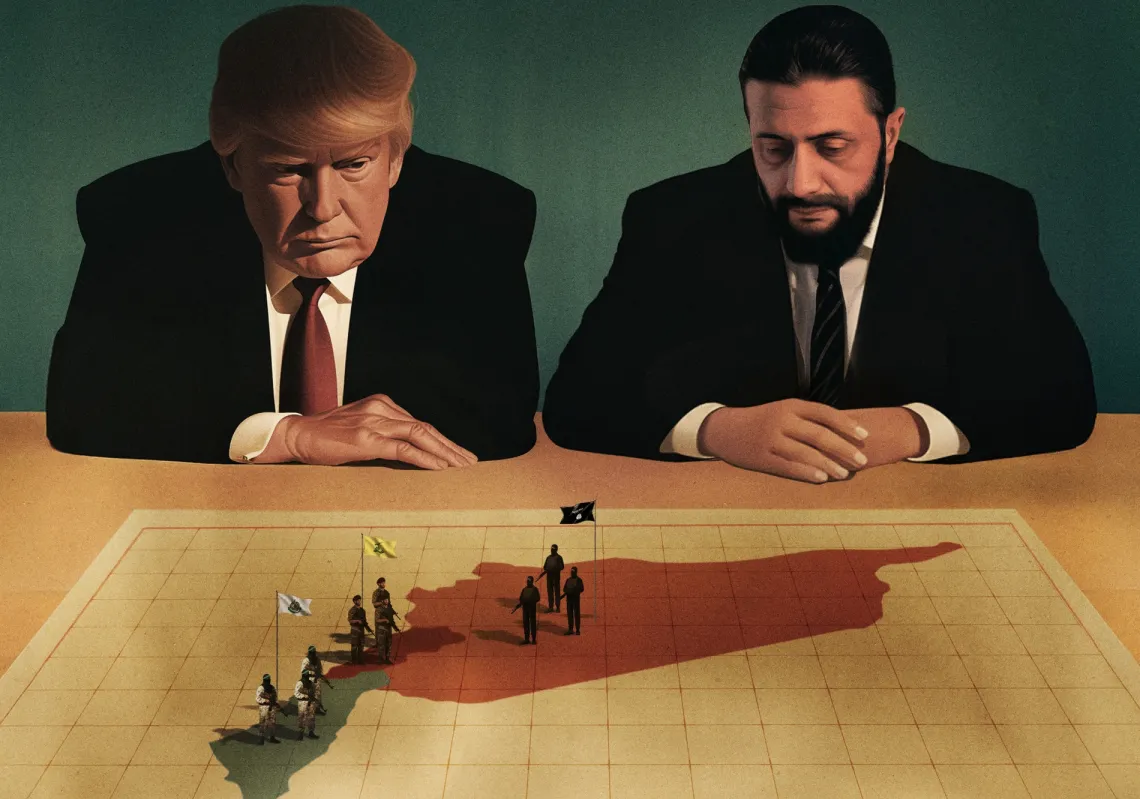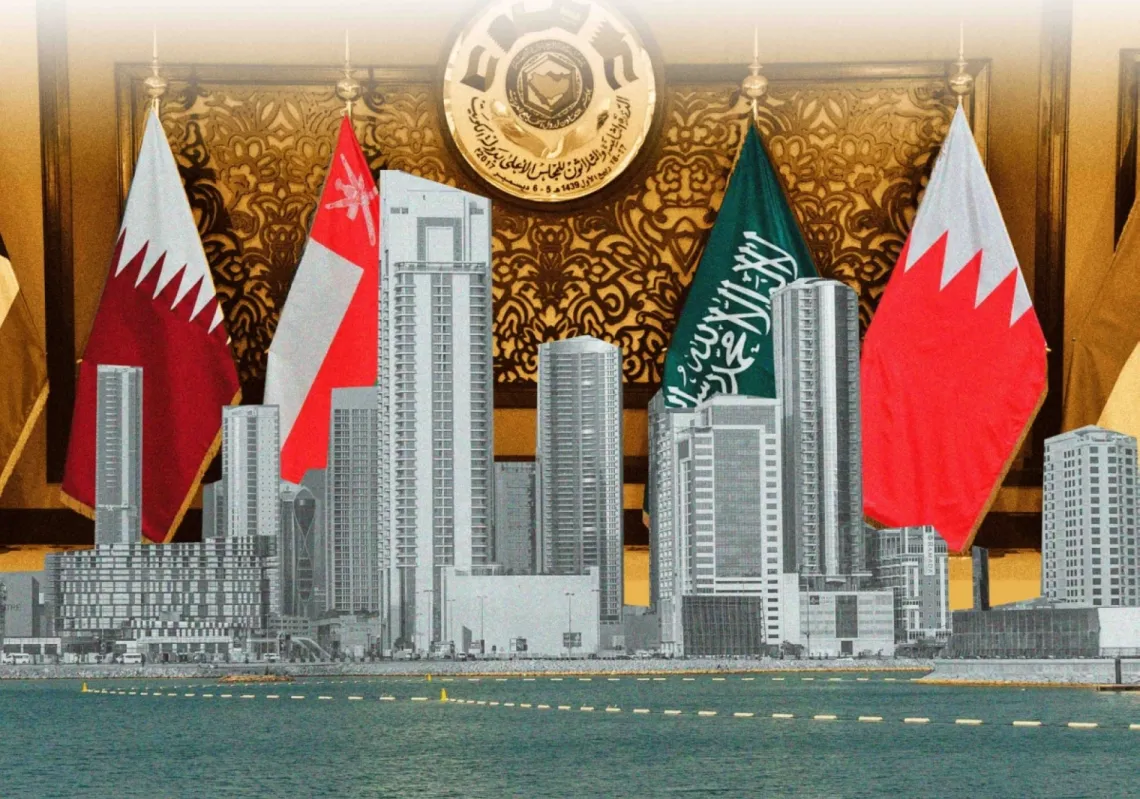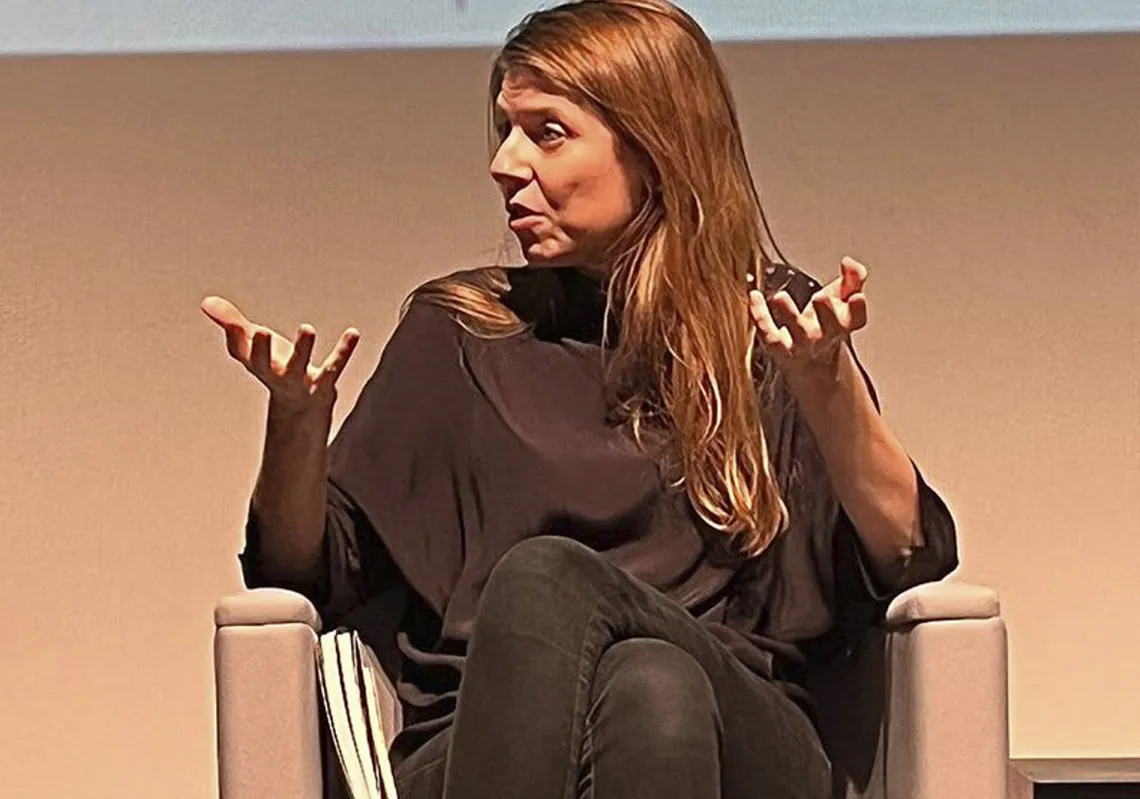110 years ago, a coup d’etat rocked the imperial capital of Istanbul.
It was the second in just five years — the first having been staged during the reign of Sultan Abdulhamid II back in July 1908. The 23 January coup took place under his brother and successor Sultan Mehmed V in January 1913.
Both were highly successful, and they inspired ambitious third world officers to stage similar coups in their countries, starting with Iran’s Reza Shah in 1921, onto Iraq’s Bakr Sidqi in 1936, and finally, Syria’s Husni al-Za’im in 1949.
The officers who staged the two Istanbul coups were all eventually killed, one after another. So were Bakr Sidqi and Husni al-Za’im.
It can be argued that had it not been for the Ottoman coups, then such officer adventurism would not have happened, nor would the future of the Ottoman Empire come to such a humiliating end in 1918.
The architects of the 1913 coup were officers from the Committee of Union and Progress (CUP) — an ultra-nationalist coalition of Ottoman students, intellectuals and soldiers who had risen against Sultan Abdulhamid II and managed to unseat him in April 1909.
Although originally welcomed as forward-thinking men and reformers, CUP officers quickly took on an autocratic character — suppressing freedoms, arresting opponents, and persecuting ethnic minorities.
Two years after Abdulhamid II was dethroned, an opposition party emerged to CUP rule called Freedom and Accord. Led by three-time Grand Vizier (premier) Kamil Pasha, a veteran statesman of Cypriot origins, it was formally established on 21 November 1911.
Less than a month later, his party contested Ottoman by-elections with tremendous success, raising fears within CUP ranks that its members would sweep the upcoming general elections of 1912.
When elections took place in April 1912, anti-CUP voters were beaten with clubs (earning the nickname Election of Clubs) and major fraud was recorded at voting stations throughout the empire.

As a result of gross violence and manipulation, the CUP won 269 out of the 275 seats in Meclis-I Mebusan, electing one of their leaders Halil Bey, speaker of the Ottoman chamber. Kamil Pasha’s party won just six seats.
Pasha government
A new government was formed under Mehmed Sai’d Pasha, followed by the non-partisan one of Ahmad Mukhtar Pasha. Although nearly in full control of parliament, the CUP was left with nothing in the cabinet of ministers.
Army officers loyal to Kamil Pasha felt strong enough to mount an offensive, sending an ultimatum to parliament demanding that it dissolve within 48-hours. They argued that it had been voted into office illegally under threats and intimidation.
Pressured by the officers, Sultan Mehmed V issued a royal decree dissolving the chamber on 5 August 1912 while calling for new elections on 25 October.
Those elections didn’t happen, however, due to the sudden outbreak of the First Balkan War and the Grand Vizier’s resignation on 29 October 1912. Kamil Pasha was called upon to replace him, much to the horror of the CUP, who accused him, among other things, of being a British pawn.
Kamil Pasha was quite old by then, at 79, but he still had enough fight in him for an ambitious two-fold programme to, first, try to wrap up the Balkan War and, second, to crush the CUP.
The Bulgarian army was advancing rapildy and had reached the western Catalca district of Istanbul, prompting him to give serious consideration to moving the Ottoman capital into the Turkish interior.
Kamil Pasha agreed to an armistice on 3 December 1912 and sent delegates to the London Peace Conference, which was called for by the Great Powers. Great Britain, France, Italy, and Russia wanted him to cede the city of Adrionople (Edirne) to Bulgania, a dictate that he resisted, suggesting that it be placed under an international commission.
But that was not enough for the CUP, who used the Adrionople talks to trash the pasha, spreading word that he was about to hand the city over to Bulgaria, in order to please the English.
The coup
On 23 January 1913, the CUP decided to unseat Kamil Pasha.
An ambitious 31-year-old officer named Enver Bey positioned himself at the gates of the 18th century Nuousmaniya Mosque in the Fatih district, waiting for orders to march on the Ottoman government complex nearby, which included, among other buildings, the office of the Grand Vizier.
From another end of the city, his comrade Talaat Bey was making a similar advance.
At the gates of the Ministry of Public Works, a crowd had already gathered, shouting that Kamil Pasha was a traitor. Emotions rose as Enver rode through the streets of Istanbul on his splendid white horse, entering the government compound in broad daylight to find Kamil Pasha chairing a cabinet meeting, at approximately at 2:30 PM.
Kamil Pasha’s nephew took out his gun and fired at the intruders. They returned fire, and he was killed.
War Minister Nazim Pasha came out to confront the insurgents, shouting: “What is going on? You came to raid the Grand Vizier’s office?
Enver saluted him in accordance with military protocol and tried to explain that he was not the target of their operation. As he did, another conspirator, Yakub Cemil, approached Nazim Pasha from behind and shot him dead.













